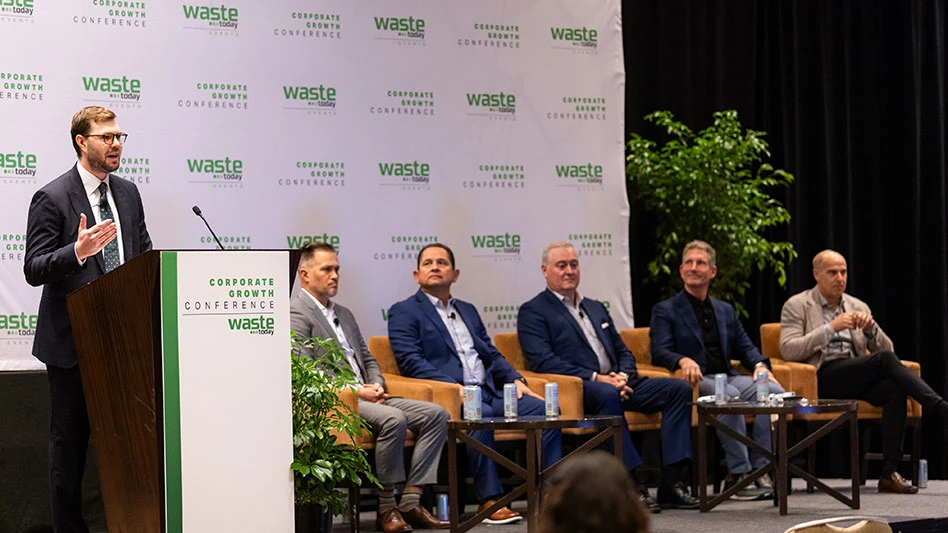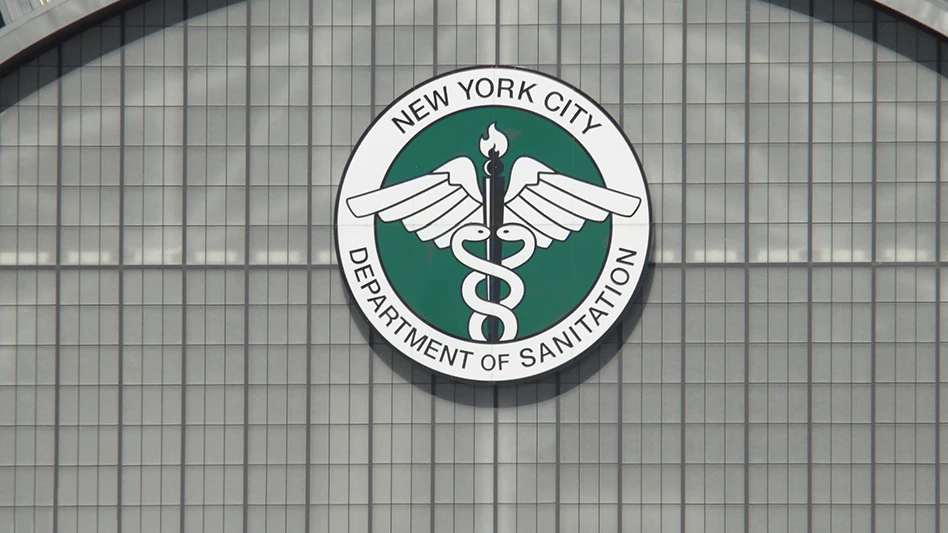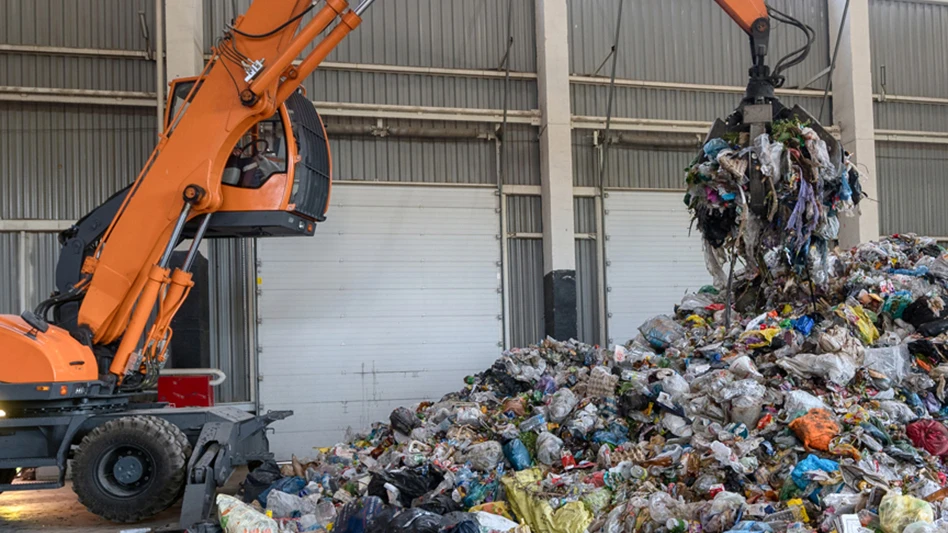
The composting industry in the U.S. presents a powerful solution for diverting food waste from landfills, creating valuable nutrient-rich compost and promoting a circular economy. Even though composting food waste offers clear social, environmental and economic benefits, scaling up food-waste composting infrastructure faces significant challenges, especially when dealing with complex postconsumer organics streams.
This report, developed with investors, policymakers and composters in mind, delves into the current state of the industry, breaks down the basics of the compost business model and offers investment recommendations to support the scale-up of food waste composting infrastructure in the U.S.
Food waste composting infrastructure and collections in the U.S.
The composting industry is on the cusp of major growth, but investment and collaboration are needed to handle complex food-waste streams such as post-consumer food scraps and compostable packaging. While composting infrastructure for large-scale food waste diversion is nascent, some states already have composting facilities and collection programs. These established systems offer a promising entry point for investors given a pre-existing flow of food waste. Additionally, existing collection programs in states ensure consistent feedstock for composting operations, and regulations like food waste bans can further incentivize investment.
Financing the compost industry to unlock its full potential
The composting industry will need to rely on blended finance to support its growth in the next decade. By leveraging this approach, the industry can secure the necessary capital for building large-scale composting facilities while nurturing the growth of smaller, established operators. Each type of funding caters to a specific need in the development cycle of a particular region and composting business.
Grants and philanthropic funding provide essential seed capital to launch composting initiatives, especially in underserved communities where traditional economic models might not be viable. However, for these funders to participate, a clear path is needed toward long-term financial sustainability. This might involve demonstrating cost reductions, building strong market demand for compost and developing replicable models for wider implementation.
Patient capital offers longer investment horizons and flexible terms, allowing compost businesses to navigate the initial growth phase without the immediate pressure for high returns. Patient capital providers prioritize social and environmental impact and a trajectory toward profitability.
To appeal to investors, composting businesses need to showcase efficient scaling strategies, a diversified revenue stream beyond just compost sales and a strong management team with a proven track record.
As the industry matures, private equity firms can play a crucial role in scaling composting infrastructure. Private equity investors typically are attracted to markets with consistent growth potential and a path toward larger, more efficient operations. This might involve industry consolidation, adoption of innovative technologies and a favorable regulatory environment.
The future of U.S. composting
The composting industry in the U.S. stands at an interesting juncture. Its potential for social, environmental and economic benefits is well-established, and individual food-waste compost manufacturers have stood up successful businesses. However, scaled operations, particularly for large-scale food waste composting facilities, remain hindered by hyperlocalized logistics, variable municipal engagement and lack of financing tailored to the business model.
Through our analysis, we have found that a blended financing framework can help to catalyze scale in existing composting infrastructure and bring traditional capital sources to the table.
The role of financing instruments
Within the blended capital framework, various instruments play a crucial role:
1. Grants and funding—These funds, typically not requiring repayment, provide essential seed capital to launch composting initiatives, especially in underserved communities or regions where the economics of composting might not pencil out (i.e., rural areas where route density is low or end markets are far away). Grant and philanthropic funders primarily are interested in projects addressing social or environmental issues, but they also need to see a sustainable future for the initiative.
2. Providers of patient and flexible capital—They offer longer investment horizons and flexible terms, allowing businesses to navigate the initial growth phase without the immediate pressure of generating high returns. Patient capital providers might be more flexible with repayment schedules, interest rates and potential conversion of debt to equity.
Blended capital: A catalyst for infrastructure growth
Blended capital offers a promising solution by strategically combining public and private capital, bringing together financing partners with different risk tolerances and return expectations.
Here’s how it can bridge the financing gap and propel composting infrastructure development:
Signaling market demand. Public funds in blended finance act as a beacon for private investors, signaling strong market demand for composting infrastructure. Government investment shows a clear commitment to composting, which boosts investor confidence. Pilot projects funded through blended finance validate the market by demonstrating successful composting operations in specific regions.
Derisking investments. Public funds or guarantees can act as a buffer, making composting facilities more attractive to private investors. This is particularly critical for projects in regions with uncertain tip fees, stricter environmental regulations or limited access to consistent feedstock.
Unlocking new markets. Blended finance can be used to pilot innovative composting technologies or collection programs in new regions. Initial investments from public or philanthropic sources can demonstrate the feasibility of these projects, proving their economic and environmental benefits. This can pave the way for larger-scale private investment and unlock new markets for composting infrastructure.
Supporting viable unit economics in composting. Blended finance can subsidize the upfront costs of composting facilities, making them more accessible to communities with limited resources. This can be achieved through grants, concessional loans or results-based financing tied to achieving specific composting goals. By making composting more affordable, blended finance can expand access to this critical waste diversion strategy across the U.S.

Explore the September 2024 Issue
Check out more from this issue and find your next story to read.
Latest from Waste Today
- CAA submits final draft program plan in Oregon
- Washington city adds organics collection to waste service
- Aspen Waste Systems expands into Denver-metro market
- NYSAR3 seeks respondents to commercial recycling survey
- Aemitis AD system goes online
- Liebherr breaks ground on logistics center
- Rubicon appoints new CFO
- Nexus W2V attracts funding for waste conversion project in Indiana





